A couple of weeks ago, we successfully completed our American Canoe Association (ACA) Level 5 Advanced Open Water sea kayak instructor certification. The Instructor Certification Exam (ICE) was conducted by Instructor Trainer (IT) Sam Crowley of Sea Kayak Specialists in Marquette, MI. If you’re still with us after all those acronyms, here are some frequently asked questions (FAQs) and their answers, along with a few other reflections on the experience.
Why did you want to become Level 5 instructors?
We have been paddling and training in conditions above Level 4 for a number of years and wanted to get our ACA instructor certifications in line with that. This doesn’t mean we wanted to get into crazy conditions, but in a tidal environment with just a little but of current, it is easy to be above the Level 4 certification.
An ACA Level 5 would allow us to be within our remit while coaching students in tidal environments, as well as in rough seas on the Great Lakes. Also, we’ve both been ACA Level 4 instructors for many years, and in addition to coaching, we’ve done substantial additional coach training in the British Canoeing system. A Level 5 assessment was an opportunity for an evaluation of our personal paddling and coaching skills with the ACA.
What is the Level 5 remit (meaning the limits for coaching within the certification)?
3 to 5-foot seas
15 to 25 knot winds
3 to 4-foot surf break
4 to 5 knots of current
Wait, didn’t you say you did this on the Great Lakes? Where did you find current?
You can run a Level 5 ICE in the Great Lakes. It does require that the participants have experience with tidal conditions and can demonstrate their knowledge and abilities. To this end, we did part of the ICE on the Menominee River to demonstrate personal paddling skills as well as our ability to coach and create meaningful activities in current. We also had presentations and exercises that involved tidal planning and navigation.
Sam was aware that we have considerable paddling and coaching experience on the ocean, so between observing us on this high-flow river and testing our understanding of tides and navigation, he was able to evaluate our skill and knowledge.
Was it challenging?
Yes, but appropriately so. The wonderful thing about paddling in demanding conditions is that nobody needs to create scenarios; the environment provides those possibilities. So we spent two days paddling, leading sessions, performing rescues and towing in wind and dynamic water, and another day coaching real students in those conditions. It just felt like normal rough-water paddling and coaching, but with an IT watching everything we did. There were a few other pieces, too: classroom and beach sessions tested our ability to evaluate risks and choose appropriate sites for courses, as well as our understanding of equipment, tides, navigation, de-briefing a session and other topics. And we completed a couple of paper-and-pen tests.
We subscribe to the philosophy, “Train hard; assess easy,” which essentially means that you should be prepared enough before an assessment that you’re more than ready for the challenge. We felt like we did that in this case, but we also attribute the normalcy of the experience to Sam Crowley, who set up an assessment environment for people to demonstrate what they know and what they can do, as opposed creating psychological stress that causes them to perform atypically and, possibly, poorly.
Is there a training for the L5?
Level 5 is the only level for which there isn’t an official training prior to assessment. (Some assessors offer an unofficial training.) Since being an L4 for two years is one of the prerequisites for an L5 assessment, candidates should have had plenty of opportunities to coach, and they should be able to recognize and remedy the gaps in their skill, comfort and knowledge–including coaching theory–to be ready to assess.
Not every L4 wants or needs to become an L5, of course. And those who don’t paddle comfortably in L5 conditions, or who don’t work on improving their coaching over time, wouldn’t be eligible. We made a point of working on both, here in the Great Lakes as well as on both coasts and in the United Kingdom. We have sought out higher-level coaches for trainings, and have collaborated with other high-level coaches to offer courses in challenging conditions. A wide array of outstanding mentors have given us the opportunity to develop our coaching so that we felt ready for this assessment.
How many Level 5s are there?
There are now 39 Level 5s in the United States, according to the ACA website.


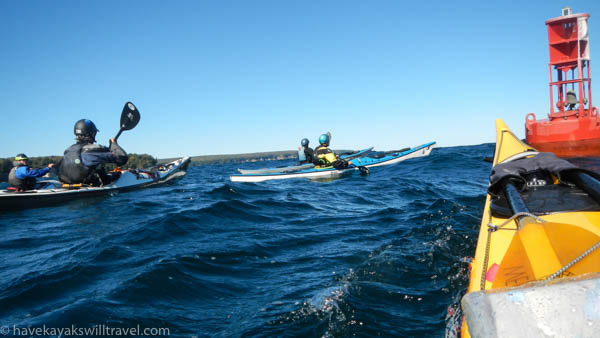
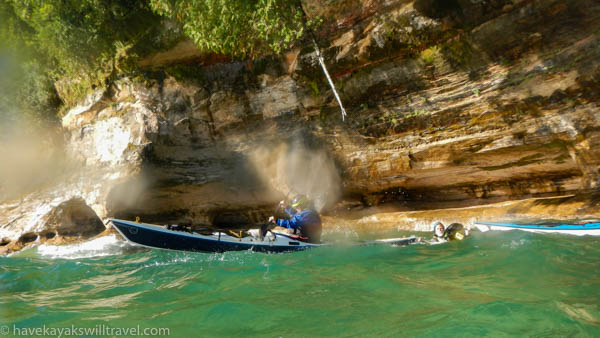
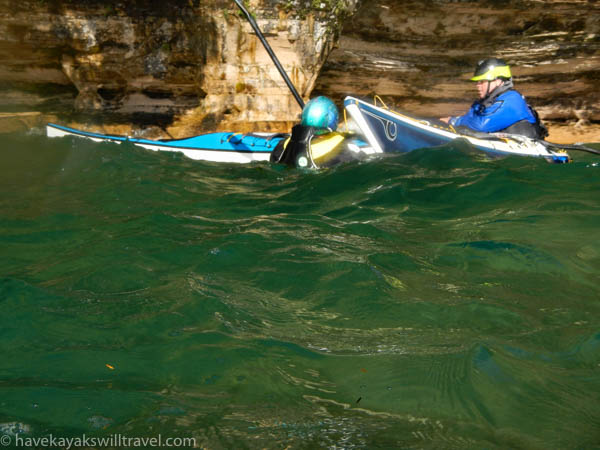
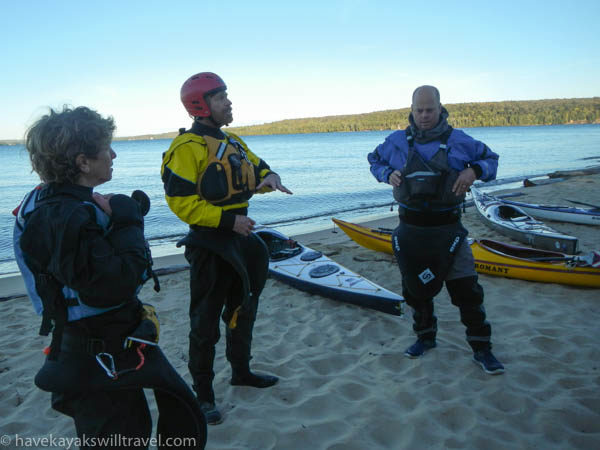

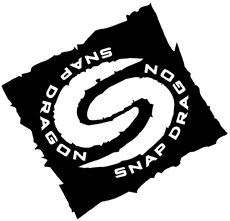




Congrats! Quite an accomplishment.
Thanks, Terri!
Congratulations!